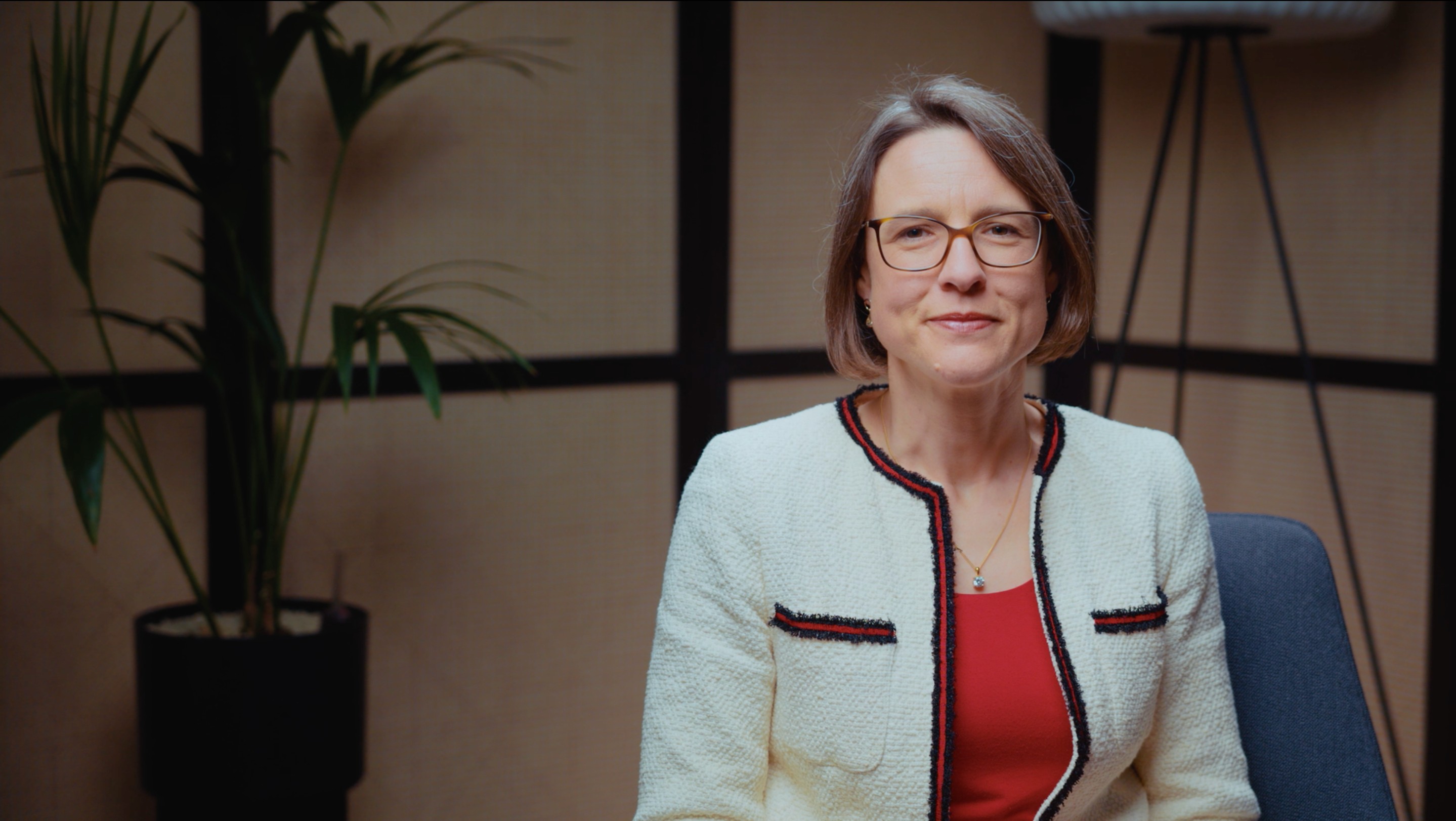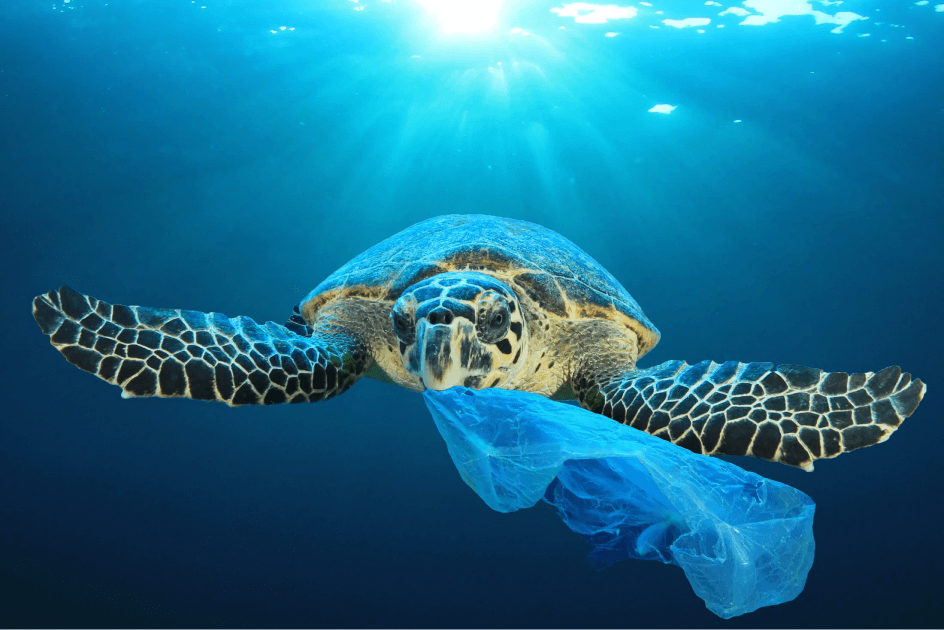
Bank Sustainability Jargon Buster

Michelle Horsfield
25 years: Sustainable Finance
Explore how banks can align profit with purpose through sustainable finance. This video breaks down key concepts like net zero, carbon neutrality, and science-based targets, showing how banks can manage climate risks and avoid greenwashing while supporting real environmental impact.
Explore how banks can align profit with purpose through sustainable finance. This video breaks down key concepts like net zero, carbon neutrality, and science-based targets, showing how banks can manage climate risks and avoid greenwashing while supporting real environmental impact.
Subscribe to watch
Access this and all of the content on our platform by signing up for a 7-day free trial.

Bank Sustainability Jargon Buster
12 mins 3 secs
Key learning objectives:
Understand the difference between net zero and carbon neutrality
Outline how science-based targets guide banks
Understand key sustainability concepts for banks
Overview:
Subscribe to watch
Access this and all of the content on our platform by signing up for a 7-day free trial.
Subscribe to watch
Access this and all of the content on our platform by signing up for a 7-day free trial.

Michelle Horsfield
There are no available Videos from "Michelle Horsfield"





























